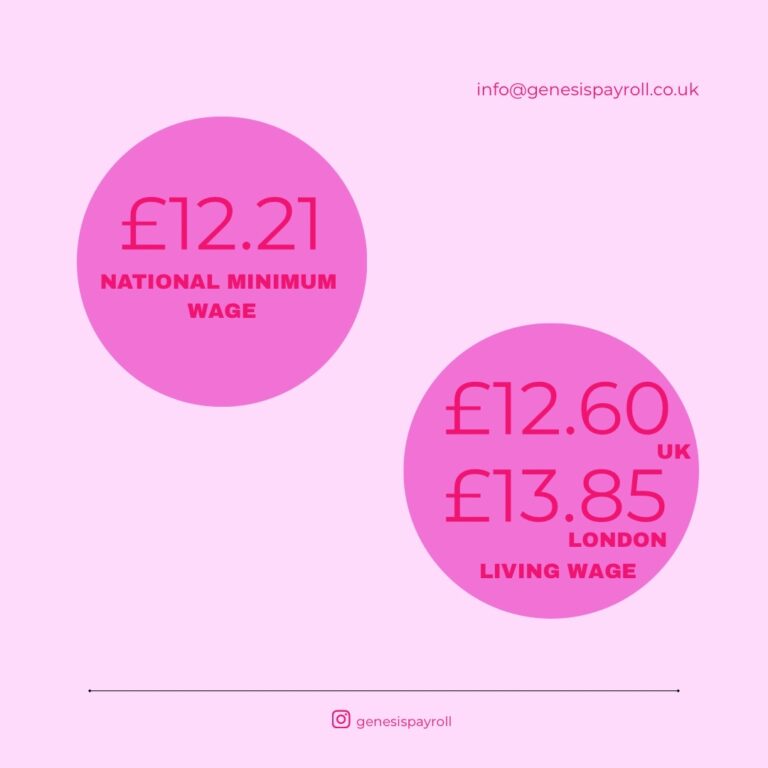Living Wage vs. Minimum Wage in the UK: What’s the Real Difference?
When we talk about wages in the UK, the terms “National Minimum Wage” and “Living Wage” often come up. They sound similar, but they’re very different in both purpose and impact.
If you’ve ever wondered why people say the minimum wage isn’t enough, or what the “Real Living Wage” is all about, let’s break it down.
What is the National Minimum Wage?
The National Minimum Wage (NMW) is the legal minimum hourly rate that workers in the UK must be paid. It’s set by the government and varies depending on your age and whether you’re an apprentice.
As of April 2025, the rates are:
- £12.21/hour for those aged 21 and over (this is also now called the National Living Wage)
- Lower rates apply for younger workers and apprentices.
| 21 and over | 18-20 | Under 18 | Apprentice |
| £12.21 | £10.00 | £7.55 | £7.55 |
The aim of the NMW is to ensure that workers aren’t exploited—but it doesn’t necessarily reflect what people need to live on.
What is the Real Living Wage?
The Real Living Wage is a voluntary wage rate calculated by the Living Wage Foundation, based on the actual cost of living in the UK.
It’s usually higher than the government-set minimum because it’s based on what people really need to afford essentials—like rent, food, childcare, transport, and bills—without falling into debt or relying on benefits.
As of 2025/26:
- £12.60/hour across the UK
- £13.85/hour in London (to reflect the higher cost of living)
Thousands of employers—including household names like IKEA, Nationwide, and Aviva—choose to pay the Real Living Wage because they believe work should pay enough to live on.
Why the Difference Matters
The National Minimum Wage is about legality.
The Real Living Wage is about reality.
Here’s what that means in practice:
- A full-time worker on the minimum wage may still struggle to afford basic living costs, especially in big cities.
- A full-time worker on the Real Living Wage should be able to meet everyday expenses without constant financial stress.
For many, that difference is the line between surviving and living.
It’s Not Just About Workers
Paying a living wage has broader benefits:
- Reduced staff turnover and absenteeism
- Increased productivity and morale
- Improved reputation for businesses
- Less reliance on public services
It’s a win for employees, employers, and the economy.
Final Thoughts
In the UK, being paid the minimum isn’t the same as being paid enough.
The government’s wage laws set a floor. But it’s employers who choose whether to go beyond that and offer a wage people can actually live on.
So next time you see a company accredited as a Living Wage Employer, you’ll know it’s more than a label—it’s a commitment to fairness, dignity, and long-term sustainability.
National Minimum Wage and National Living Wage rates – GOV.UK

